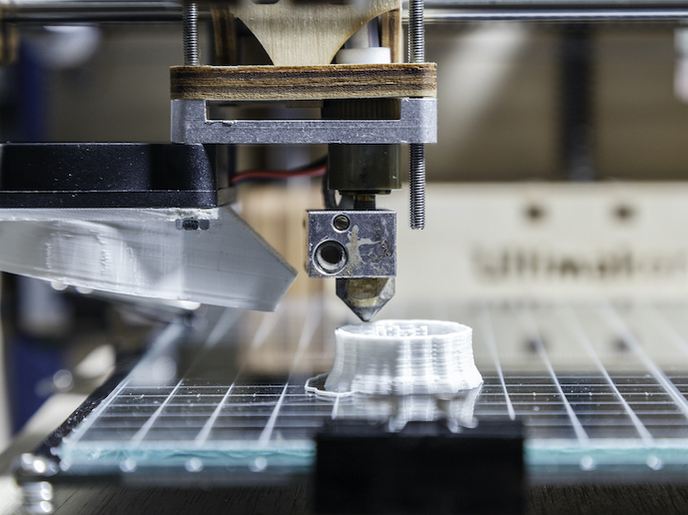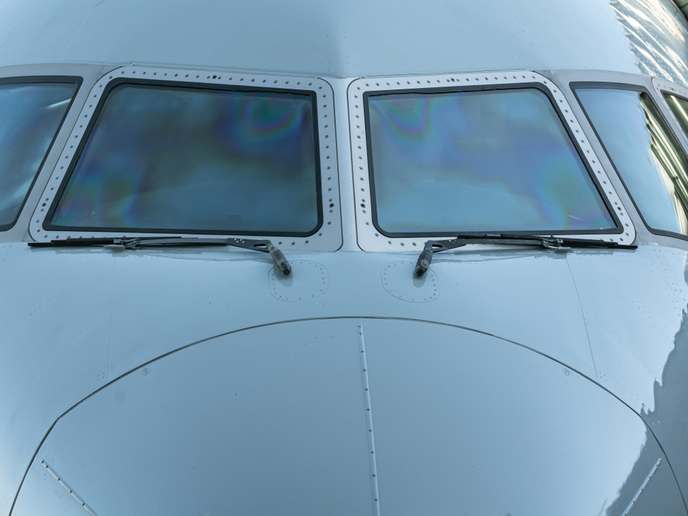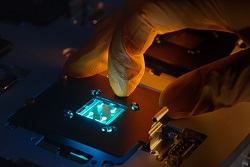Flow diagnostic tools for green air transport
In its Vision 2020, the Advisory Council for Aviation Research and Innovation in Europe (ACARE) has set ambitious targets for reducing emissions and the perceived noise level. Such targets dictate the need for significant improvements in the aerodynamics and propulsion system design of aircraft. These in turn require advanced verification tools for flow phenomena that involve complex processes such as combustion and aeroacoustics. Scientists initiated the EU-funded project 'Advanced flow diagnostics for aeronautical research' (AFDAR)(opens in new window) to develop and assess flow diagnostic tools for advancing the aerospace industry. AFDAR greatly contributed to the development of image-based, non-intrusive measurement techniques for future aircraft development and wind tunnel characterisation. In particular, the project team focused on particle image velocimetry (PIV) to measure the flow field around aircraft wings and gain a deeper understanding of challenges in aerodynamics. It worked to achieve 3D volumetric measurements over wings and aerofoils, in addition to obtaining precise measurements and aerodynamic analyses much more rapidly with kilohertz measurement systems. The project team also worked at deeper understanding of turbulence physics in aerodynamics at radically higher resolution (orders of magnitude) using long-range micro-PIV. In addition to improving the design of aircraft and propulsion systems, the new technologies helped determine noise emissions and optimise combustion processes for lower carbon emissions. Scientists performed high-resolution analyses of swept aerofoil flows undergoing laminar separation and transition, transonic turbine cascades and ultra-low nitrogen oxide emission combustors. It also advanced flow diagnostics for the aerodynamic and aeroacoustics of wings with high-lift devices. The experiments executed on high-lift flows around a three-element aerofoil configuration should serve as reference in improving computational fluid dynamic simulations for high-lift systems. The experimental approaches demonstrated in AFDAR combined flow analysis and thermal and chemical species mapping that are fundamental to understanding and optimising the combustion process. The combination of advanced PIV techniques for the wing and turbomachine aeroacoustic analyses delivered useful experimental databases. These should help designers to improve on efficiency and reduce the aerodynamic noise sources. Project work should help pioneer future air transport technology, bringing a variety of benefits such as faster, safer, greener and possibly less costly aircraft.







